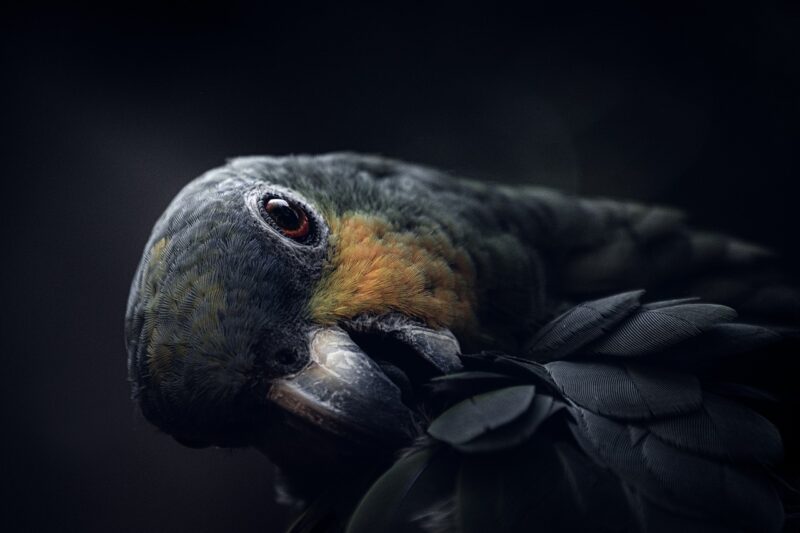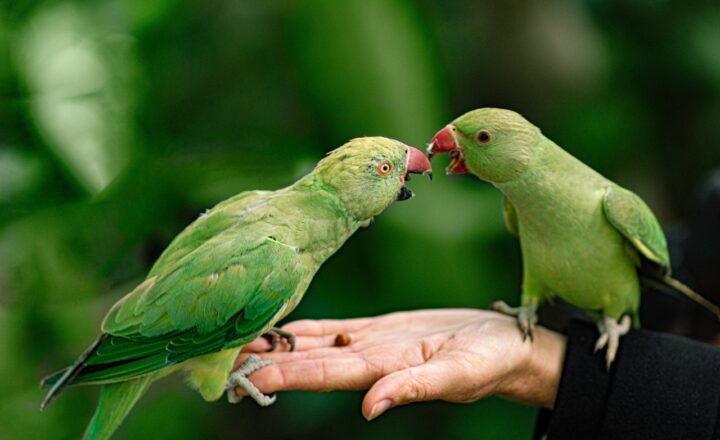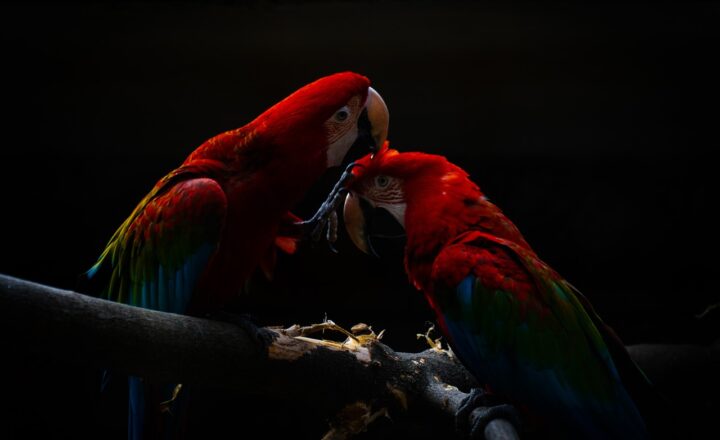The Art of Training Parrots: Tips and Tricks for Teaching Your Bird Basic Commands
November 13, 2024

Training a parrot can be one of the most rewarding experiences for both you and your feathered companion. Parrots are highly intelligent creatures; they thrive on interaction and mental stimulation. Just like humans, they enjoy learning new things, and with the right techniques, you can teach them to follow basic commands and tricks. This comprehensive guide will provide you with essential tips and tricks to make your parrot training journey enjoyable and successful.
1. Understanding Your Parrot’s Behavior
Before diving into training, it’s essential to understand the basic behavior of parrots. Parrots are social animals, and they naturally live in flocks. In your household, you become part of their flock, and forming a bond with your parrot is crucial. Here’s what you should know:
- Body Language: Parrots communicate not only through sound but also via body language. Pay attention to your parrot’s body posture, tail position, and facial expressions to understand their mood and comfort levels.
- Vocalization: Parrots are known for their vocal skills, and they may mimic sounds from their environment. Understanding what different sounds signify can help you gauge your parrot’s emotional state.
- Social Interaction: Regular interaction is vital for parrots. Training sessions should be fun and engaging, encouraging your parrot to bond with you while learning new commands.
Setting the foundation with understanding will enhance your training sessions significantly.
2. Choosing the Right Environment for Training
The environment plays a crucial role in your parrot’s ability to focus during training. Follow these tips to create an optimal training space:
- Minimize Distractions: Select a quiet space in your home where loud noises or interruptions are minimal. This will help your parrot concentrate on the training session.
- Comfortable Setting: Ensure the area is safe and comfortable for your parrot. Use a perch or table for them to stand on, and ensure the space is well-lit but not too hot or cold.
- Positive Atmosphere: Surround your parrot with familiar toys or objects to make them feel secure and happy during training. Positive experiences will lead to better learning outcomes.
An encouraging environment is essential for a successful training experience.
3. Basic Training Techniques
When it comes to training parrots, consistency, patience, and positive reinforcement are key. Here are some techniques you can use:
- Positive Reinforcement: Always reward your parrot for completing a command correctly. Rewards can be treats, praise, or even playtime with their favorite toy. This reinforces the behavior and encourages your parrot to repeat it in the future.
- Short, Frequent Sessions: Keep training sessions short (10-15 minutes) to hold your parrot’s attention. Frequent sessions (2-3 times a day) are more effective compared to long, exhausting ones.
- Be Patient: Remember that learning takes time. If your parrot doesn’t grasp a command immediately, be patient and try again later. Frustration can hinder the learning process for both you and your bird.
These techniques will foster a positive learning environment and strengthen the bond between you and your parrot.
4. Teaching Basic Commands
Now that you have the right environment and techniques, let’s explore how to teach your parrot basic commands. Start with simple commands like “Up” and “Step Up”:
- Step Up Command: Place your hand near your parrot and gently encourage them to step onto it using the phrase “Step up.” When they do, immediately reward them with a treat and praise. Repeat until they understand the command.
- Come Command: Use a specific word like “Come” and a treat to call your parrot from a distance. Consistently reward them for coming towards you, gradually increasing the distance until they come reliably from afar.
- Target Training: This involves teaching your parrot to touch a specific object (like a stick) with their beak. Start by showing them the stick and rewarding them when they touch it. Gradually increase the difficulty by moving the stick further away.
Basic commands are the building blocks for more complex tricks, so take your time to master them.
5. Common Mistakes to Avoid
Even experienced parrot owners can make mistakes during training. Here are some common pitfalls to avoid:
- Negative Reinforcement: Avoid yelling or punishing your parrot for not following commands. This creates fear and hinders their learning. Always focus on positive reinforcement methods instead.
- Inconsistency: Be consistent with your commands and rewards. If you often change the words you use or the rewards given, it can confuse your parrot and make training more challenging.
- Ignoring Body Language: Pay attention to your parrot’s mood and body language. If they seem disinterested or stressed, it’s crucial to stop the session and try again later rather than pushing them beyond their comfort zone.
Learning from these mistakes will help you become a more effective trainer.
6. Advanced Tricks to Challenge Your Parrot
Once your parrot masters basic commands, you can challenge them with advanced tricks:
- Ring Toss: Teach your parrot to throw a ring onto a peg. Start by showing the ring and rewarding any interest, then gradually guide them to complete the action.
- Dancing: Parrots naturally enjoy music. Play lively tunes and encourage your bird to bob its head or dance around. Reward them for every little movement they make while dancing.
- Playing Dead: This is a fun trick where the parrot falls to their side. Use a favorite toy to guide them into doing this trick while feeding them rewards for successful attempts.
Advanced tricks will keep your parrot engaged and mentally stimulated.
Conclusion
Training parrots can be immensely gratifying and enjoyable. By understanding their behavior, creating the right environment, using effective techniques, and avoiding common mistakes, you can teach your parrot basic commands and advanced tricks. Remember that patience and enthusiasm are key components of successful training. Your bond with your bird will grow stronger with consistent practice, making for a rewarding experience that both you and your parrot will cherish for years to come.
So grab some treats, choose a comfortable space, and embark on this exciting journey of training your parrot today!






